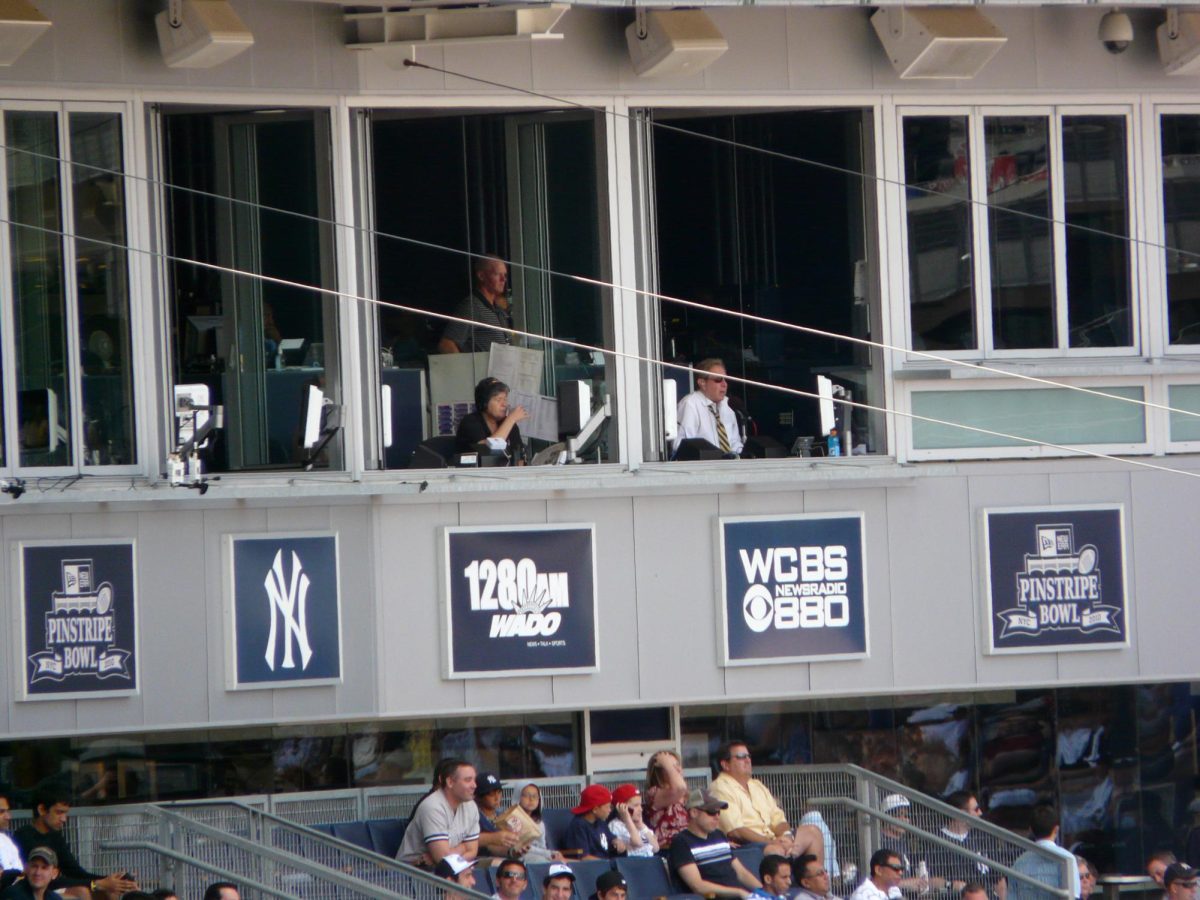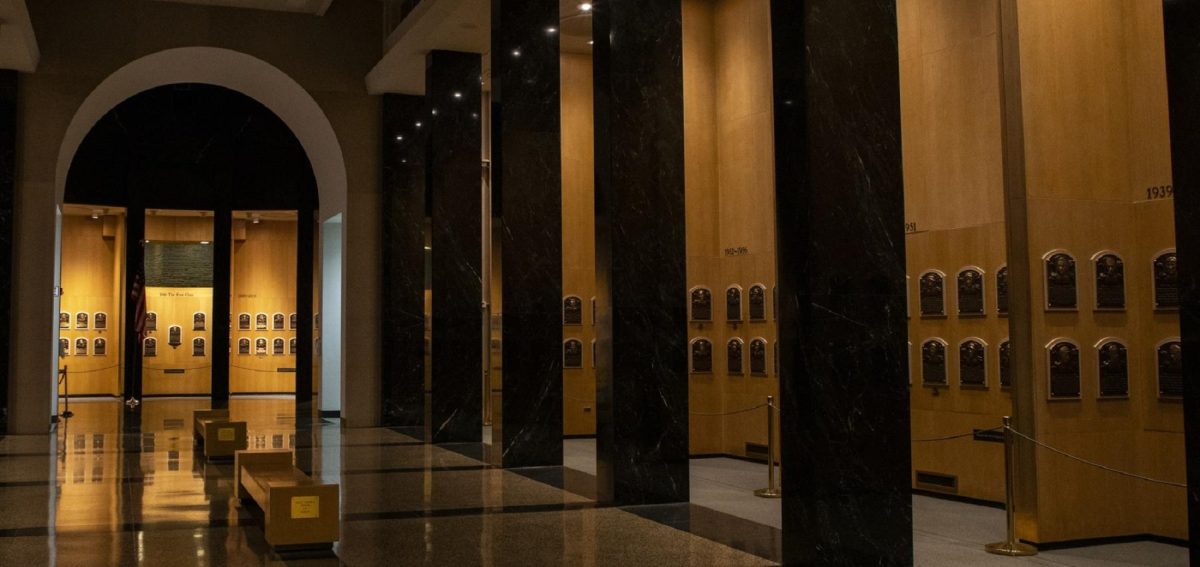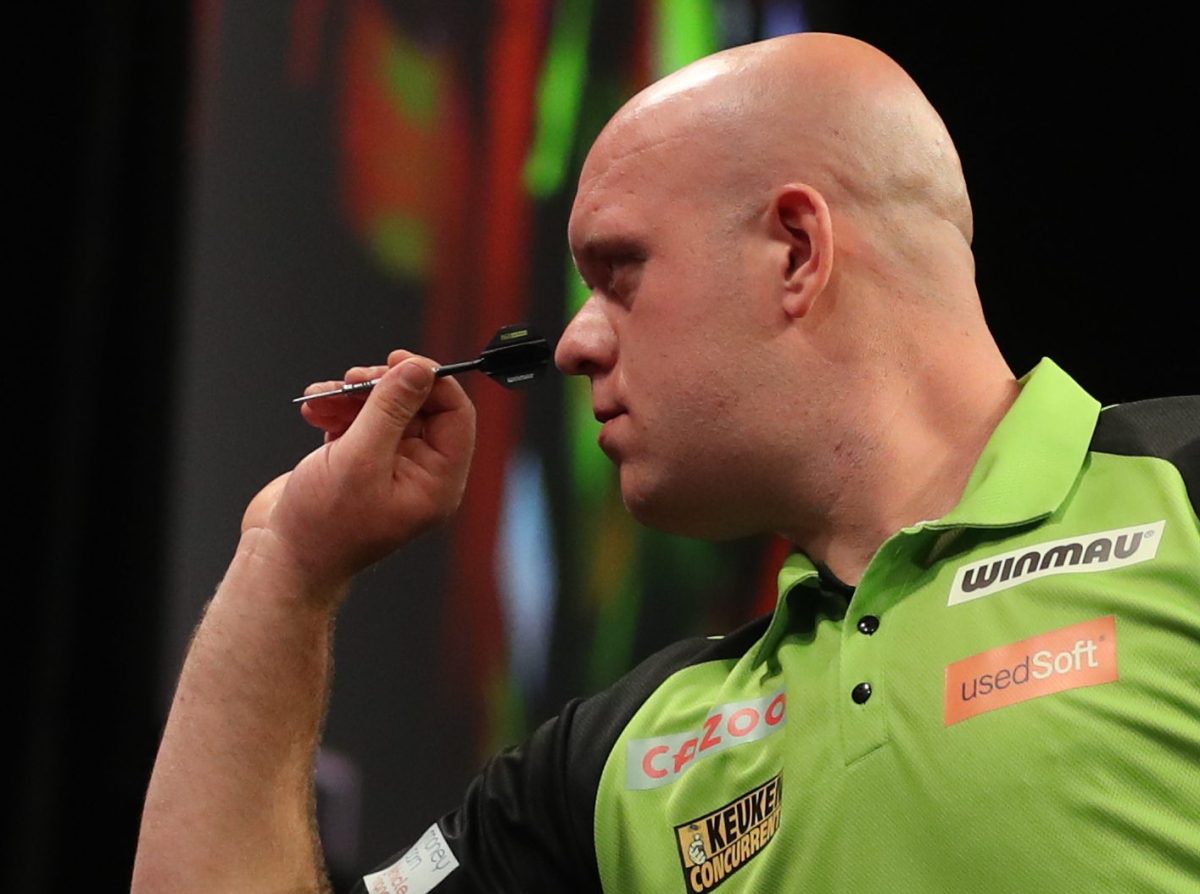For Washington, a Game 5 elimination after a 6-0 lead was as heartbreaking as defeats come. For me, the game, the comeback and the series held a different significance.
The fall of 2004 was a rough time to be a baseball fan in Montreal: While eight teams looked towards the upcoming playoffs — the final regular season games a formality for most — more than 31,000 people rode the Metro to Montreal’s Olympic Stadium to see their Expos for what would be the final time.
Watching postseason baseball in the month that followed should have been tough, but, like many, I was captivated by a talented wild card team in the National League with an emerging star who seemed to have been waiting for just such a stage to emerge.
Carlos Beltran, a product of the Kansas City Royals farm system, was 27 — six years into his major league career — when a midseason trade to the Houston Astros gave him the chance to compete in his first postseason.
That fall, despite fielding big names like Clemens, Oswalt, Pettitte, Berkman, Kent, Biggio and Bagwell, the Astros came up short in the NLCS, losing to a St. Louis Cardinals team led by a young Albert Pujols.
What should be remembered most about that postseason, however — if one looks beyond the Red Sox and Yankees — is how Beltran, then a lesser-known commodity, tied a postseason record with eight home runs, accomplishing the feat in only 12 games, five fewer than all-time home-runs leader Barry Bonds needed to hit the same number in 2002.
When the 2005 season started, Montrealers needed a new team to support. Some turned away from the sport altogether, some flocked to the nearby Blue Jays and some went for popular teams like the Red Sox or Yankees.
Seeing former Expos like Pedro Martinez and Cliff Floyd — later to be joined by Brian Schneider, Livan Hernandez, Fernando Tatis and Endy Chavez — on the New York Mets gave me a soft spot for them, as did my already fervent hatred for the rival Phillies. What sealed the deal on my adopted fandom, however, was when the Mets signed Carlos Beltran as a free agent that offseason.
The Puerto Rican native’s time with the Mets, which spanned from 2005 to 2011, is looked upon by many — Mets fans and otherwise — as a debacle. Because of the failure of the team as a whole, most think about only the final three campaigns, in which Beltran failed to stay healthy in even one season for more than 100 games.
When asked to think further back, the lasting image is of Beltran, bat on his shoulder, taking a called third strike with a chance to tie it up in Game 7 of the 2006 NLCS, against — once again — the Cardinals.
There is little in sports that infuriates me more than the perception of Beltran’s time in New York as a letdown; it simply contradicts the statistics. Among all-time Mets outfielders (in his time with the team), he ranks fourth in batting average, third in home runs, second in runs batted in, sixth in stolen bases, first in on-base-percentage and second in slugging percentage, winning three Silver Slugger and two Gold Glove awards while with the team. And that’s just in the regular season.
When many look at Beltran, they see him “choking” on that famous Wainwright curveball in the NLCS. Then again, those are likely the same people that think “clutch” can be an actual characteristic of an athlete.
The fan consensus may point to Beltran’s having been unable to carry the Mets to a World Series, but the numbers paint a different picture. On-base percentage and slugging percentage have come to be viewed as statistics that paint a reliable picture of a hitter’s prowess.
Among players with at least 100 post-season plate appearances, Beltran ranks No. 1 all-time in Major League Baseball in both categories. Second and third in those categories,are Babe Ruth and Lou Gehrig, and the comparisons are not altogether close (1.297 on-base + slugging for Beltran compared with 1.211 and 1.208 for Ruth and Gehrig, respectively).
Nine years after Beltran’s first heartbreaking NLCS loss to the Cardinals, the 35-year-old is hoping to ride the St. Louis magic to a title — or maybe to help renew it. The Cards, after all, would likely not still be playing had Beltran not hit .444 against the Nats with an unthinkable 1.486 OPS, two home runs and that rally-starting leadoff double in the ninth inning of last week’s Game 5.
It’s been tough for the city of Montreal to see the Nationals have the success on the field that the Expos only had in 1981. For Mets fans, positive notions of Beltran may be restricted to the future successes of Zach Wheeler — the prospect acquired in exchange for the outfielder from the Giants.
I will always remember Beltran as the player who gave me hope at a time when my interest in baseball was waning and as the batter who turned the lights out on the Nationals, at least for one season, the way those lights were shut out permanently for baseball fans in Montreal.
He is arguably the best post-season hitter in the history of the game, but he’s so much more, too. Hopefully, Carlos Beltran’s legacy will be defined by what he has accomplished and not by what he failed to do in one autumn at-bat in St. Louis.
Arik Parnass is a sophomore in the College. CANDID CANADIAN appears every Tuesday.




















